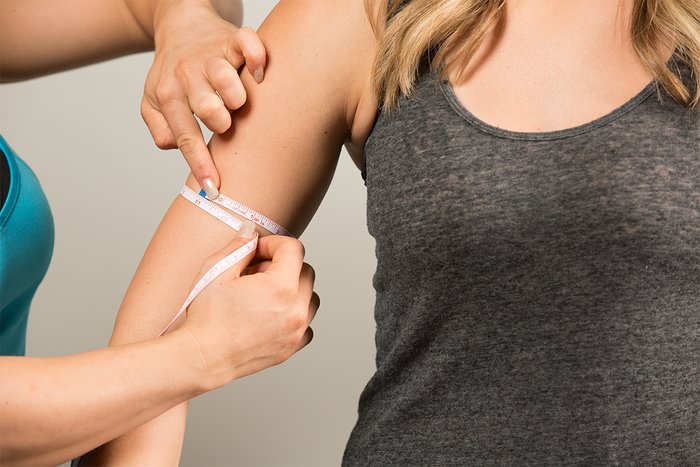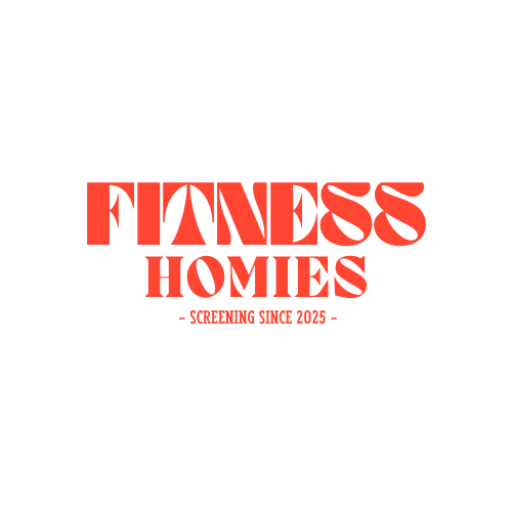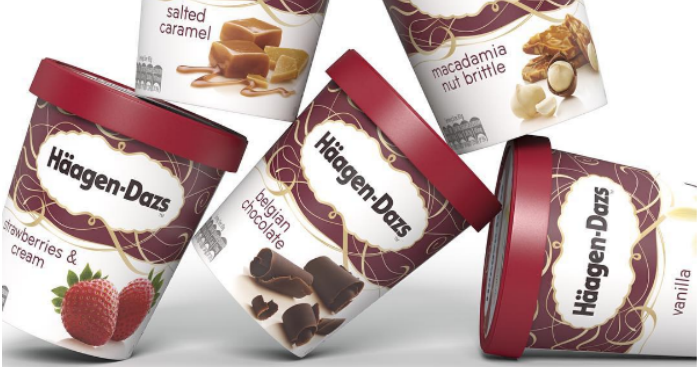
For many, the bathroom scale has long been the go-to tool for tracking fitness progress. But weight alone doesn’t tell the full story—and in some cases, it can even be misleading. If you’re building muscle, shedding fat, or simply becoming healthier, the scale might not reflect the positive changes happening in your body.
Here’s how to effectively track your fitness journey without relying on numbers that fluctuate daily and don’t always capture the full picture.
1. Take Progress Photos
Visual progress is one of the most powerful indicators of change. Take front, side, and back photos every two to four weeks in the same lighting, wearing similar clothing. Over time, you’ll notice changes in body composition, posture, and muscle definition that a scale might miss entirely.
2. Measure Your Body
Tape measurements are a reliable and detailed way to track physical transformation. Record the circumference of key areas such as your waist, hips, chest, arms, and thighs every few weeks. These measurements give you a clearer picture of fat loss or muscle gain—regardless of what the scale says.
3. Monitor How Your Clothes Fit
That pair of jeans you’ve had trouble buttoning? Or that fitted shirt that feels looser around the midsection? Your wardrobe can be a subtle but accurate gauge of your progress. Feeling more comfortable in your clothes is a great sign that your body is changing for the better.
4. Track Strength & Performance Gains
Can you lift heavier? Run longer? Do more reps? Whether you’re strength training or doing cardio, recording your physical performance shows real, measurable improvement. Use a workout log or fitness app to track things like weight lifted, number of sets/reps, distance, or pace.
5. Monitor Your Energy Levels and Mood
How you feel is just as important as how you look. Increased energy, better sleep, improved focus, and a more positive mood are often early indicators of improved fitness. These internal changes are signs that your lifestyle is working—even if the scale doesn’t move.
6. Check Your Resting Heart Rate
A decreasing resting heart rate can indicate improved cardiovascular health. Many fitness watches and smart devices monitor this automatically, and it’s a subtle but powerful way to measure your aerobic progress over time.
7. Use a Body Composition Test
If you want more data without relying on weight alone, body composition scans (like InBody or DEXA) can provide a breakdown of your fat mass, lean muscle, and hydration levels. These tests are more precise and informative than a simple number on a scale.
Final Thoughts
Your fitness journey is about more than a number. Progress comes in many forms—strength, endurance, confidence, and how you feel in your own skin. By paying attention to the right markers, you’ll stay motivated, inspired, and on track toward your goals.









